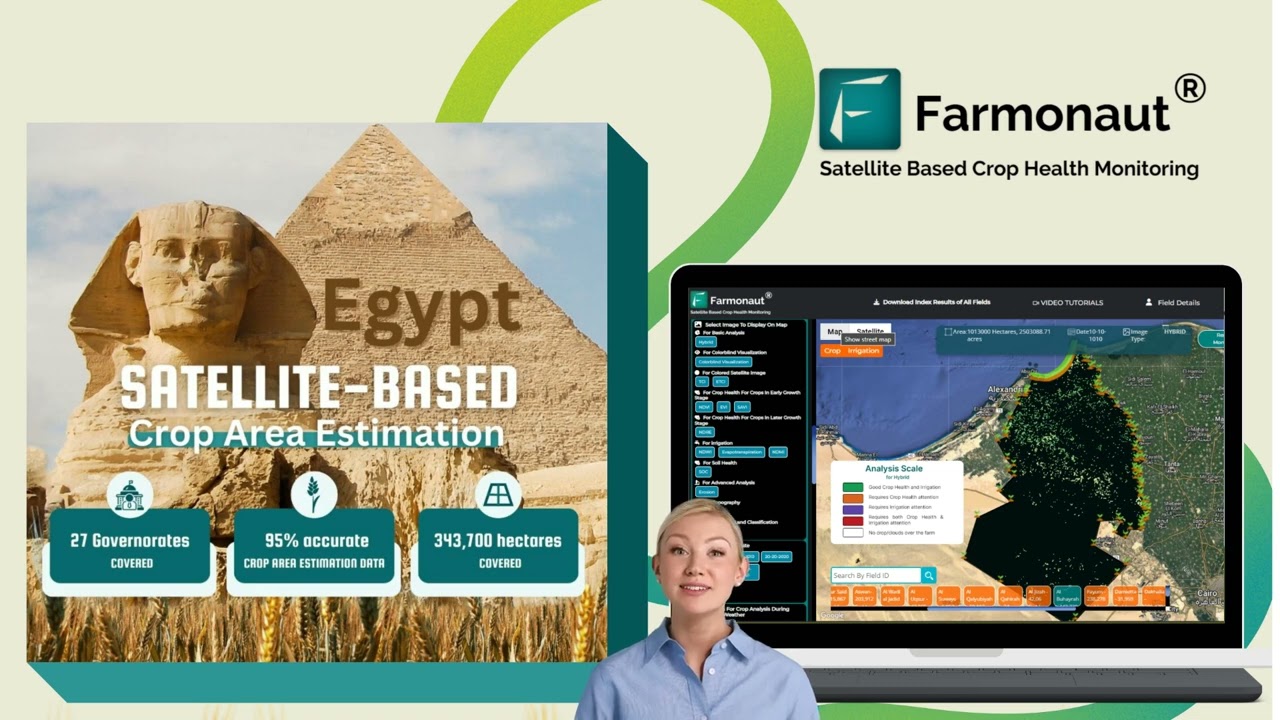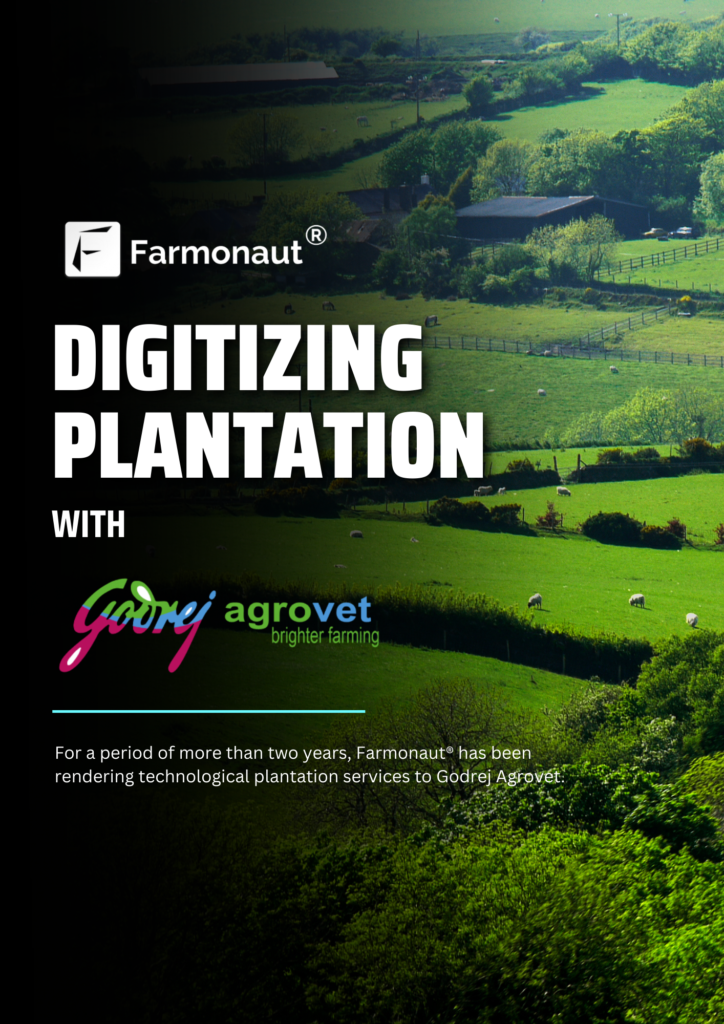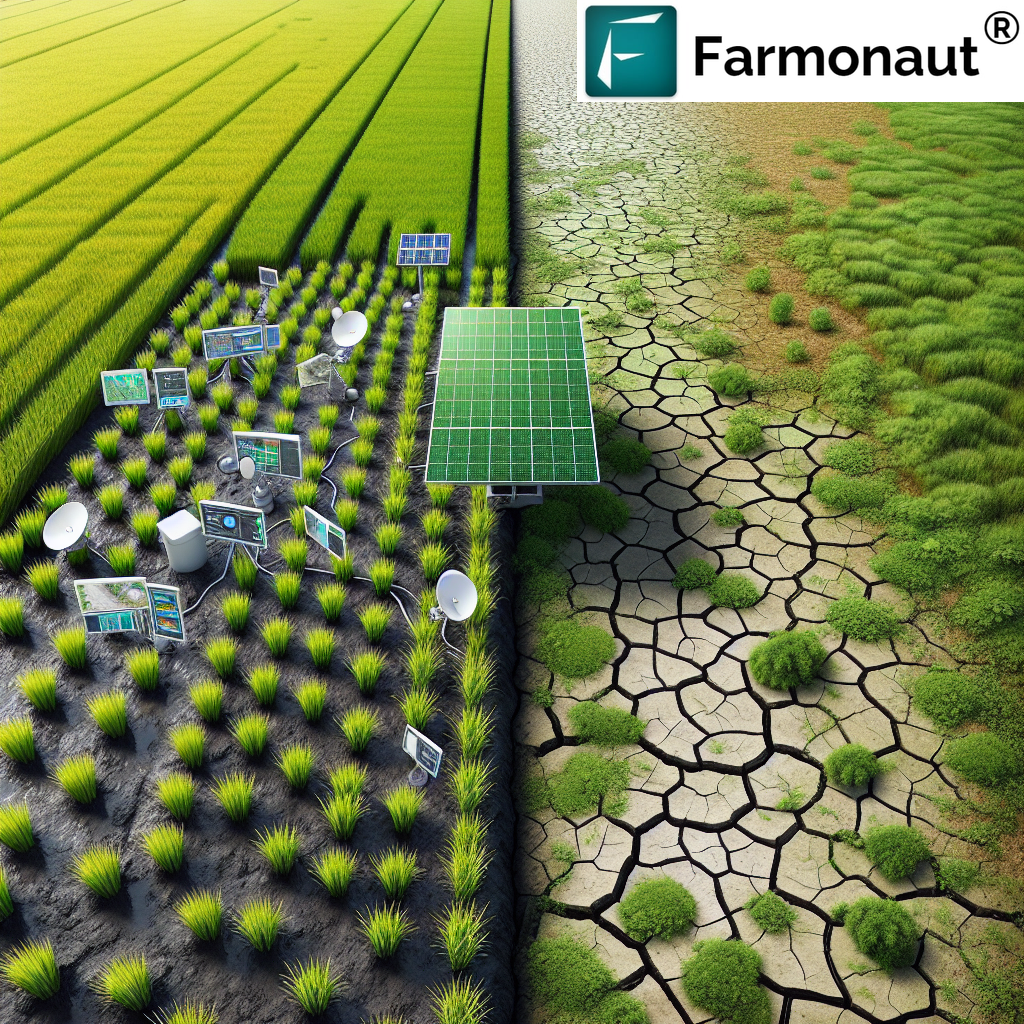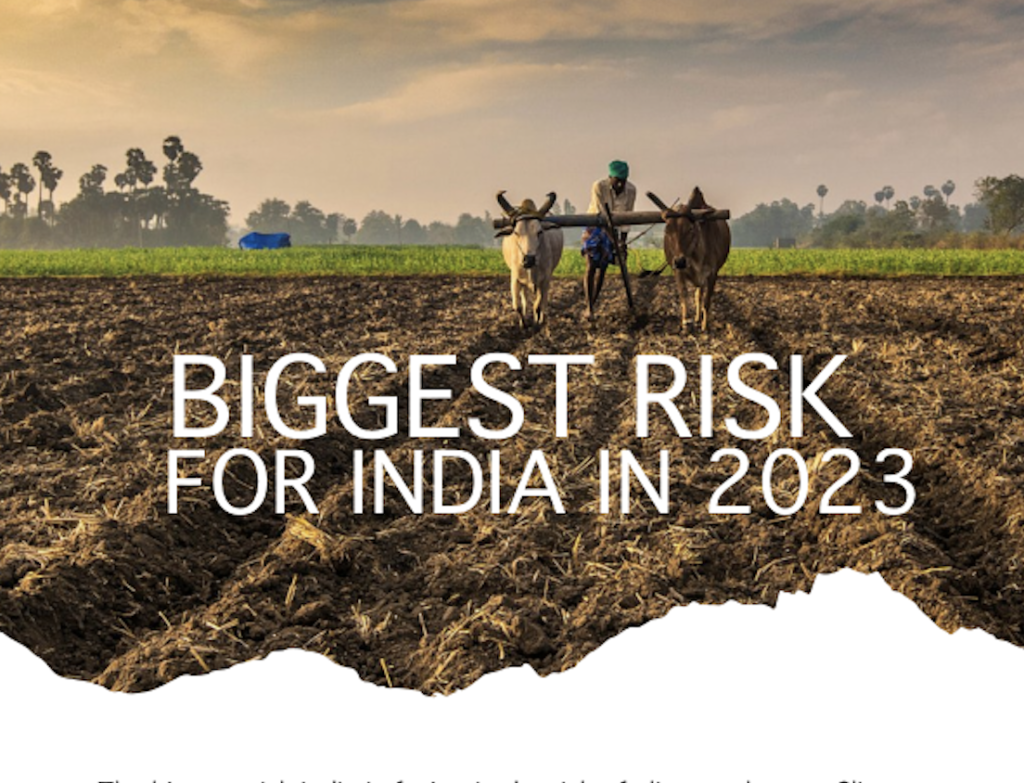Drought Relief Program: 7 Shocking Farmer Secrets!
Meta Description: Drought relief programs offer vital resilience for producers facing drought. Uncover 7 shocking secrets to maximize water conservation, sustainable yields, and farmer support.
Primary Focus Keyword: Drought Relief Program
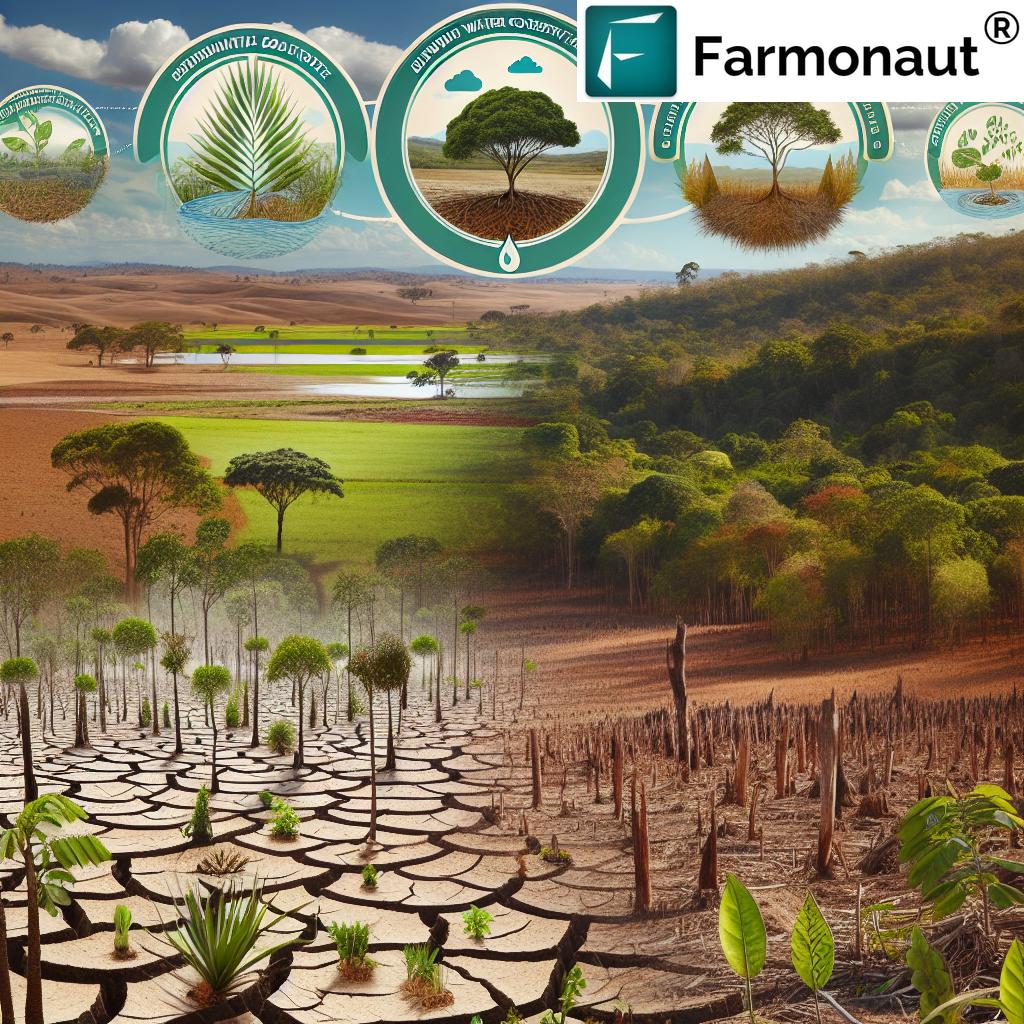
“Over 60% of farmers using drought relief programs report a 30% increase in water conservation efficiency.”
Introduction: The Drought Challenge in Modern Agriculture
Drought is an ever-present threat to agriculture, forestry, and local food production, leading to reduced crop yields, livestock losses, and the degradation of forests. These challenging natural conditions intensify when droughts recur frequently and with increasing severity, threatening the food security and income stability of producers and landowners across the United States and globally.
In response to these disasters, various drought relief programs have emerged—aiming not only to provide immediate emergency assistance, but also to promote long-term resilience through smarter water and land management. In this blog, we reveal seven shocking secrets farmers use to combat drought’s impacts, examining water conservation strategies, emergency conservation programs, federal and state initiatives, NGO support, and the game-changing role of technology platforms like Farmonaut.
Why Drought Relief Programs Matter
- Direct Assistance: Immediate relief reduces the severity of livestock, crop, and financial losses for drought-affected producers.
- Long-Term Sustainability: These programs promote the adoption of conservation practices and resource management that enhance environmental quality and water use efficiency.
- Economic Security: Farmers, ranchers, and forest landowners benefit from federal, state, and local funding, which supports not only survival but also future productivity and yield stability.
- Resource Conservation: Modern drought relief efforts focus on sustainable land management, reducing soil erosion and degradation even under severe drought conditions.
- Community Resilience: Local organizations and technical assistance amplify the positive impacts, building a stronger foundation to withstand future droughts.
7 Shocking Farmer Secrets for Drought Resilience
Farmers, ranchers, and landowners across drought-impacted regions have adopted powerful secrets—many supported by federal drought assistance, state initiatives, and leading-edge technology—to weather severe droughts and safeguard agricultural productivity. Here are the seven most important secrets, revealed:
- Maximizing Federal Drought Assistance: Strategic use of federal funding through programs like ELRP, ECP, EQIP, CRP, and EFRP provides a financial lifeline, supporting emergency response, conservation, and restoration activities.
- Pioneering Water Conservation Strategies: Implementing efficient irrigation methods, rainwater harvesting, and soil moisture monitoring reduces overall water demand and increases farm resilience during dry spells.
- Integrating Sustainable Land Management Practices: Practices such as conservation tillage, crop rotation, agroforestry, and cover cropping sustain soil health and productivity under drought stress.
- Emergency Conservation: Be Prepared: Proactively enrolling in the Emergency Conservation Program (ECP) and similar state drought relief initiatives secures rapid support to repair damaged infrastructure, fences, and restore farmland.
- Harnessing Community and NGO Resources: Participation in local conservation districts, NGOs, and community-driven grants increases access to technical assistance, educational support, and essential emergency resources.
- Leveraging Real-Time Technology: Modern agtech tools—especially satellite-based platforms like Farmonaut—empower producers to monitor crop health, optimize water use, and make smarter decisions for drought resilience.
- Choosing Drought-Resistant Crops and Climate-Smart Forestry: Planting drought-tolerant seed varieties and restoring forests with resilient species mitigates the risks of low rainfall and high temperatures.
“Sustainable land management can reduce soil erosion by up to 50% during severe drought conditions.”

Comparing Top Drought Relief Programs & Sustainable Practices
Making informed choices depends on understanding the comparative benefits of various drought relief initiatives and conservation techniques. The following table highlights the estimated water savings, costs, and impact of leading programs and sustainable management practices:
| Program/Practice Name | Description | Target Region | Estimated Water Savings (%) | Estimated Cost Reduction (%) | Implementation Complexity | Potential Impact on Yield (%) |
|---|---|---|---|---|---|---|
| Emergency Livestock Relief Program (ELRP) | Federal payments for livestock feed & emergency costs during drought. | USA, all qualifying drought regions | 15 | 30 | Low | 15 |
| Emergency Conservation Program (ECP) | Funds for rehabilitating drought-damaged farmland, fences, debris removal. | USA, disaster-impacted counties | 20 | 25 | Medium | 20 |
| Environmental Quality Incentives Program (EQIP) | Financial & technical assistance for conservation and water management. | USA, all states | 30 | 20 | Medium | 25 |
| Conservation Reserve Program (CRP) | Encourages landowners to convert sensitive land to native vegetation, allows emergency haying & grazing. | USA, environmentally sensitive land | 35 | 15 | Medium | 10 |
| Emergency Forest Restoration Program (EFRP) | Assists private landowners in restoring drought/wildfire-damaged forests. | USA, private forests | 18 | 18 | High | 10 |
| Efficient Drip Irrigation | Modern irrigation systems reduce water loss through precision application. | Arid/semi-arid regions | 40 | 25 | Medium | 28 |
| Crop Rotation & Conservation Tillage | Sustainable practices that build soil health and moisture retention. | Nationwide | 20 | 20 | Low | 30 |
| Rainwater Harvesting | Collects and stores rainwater for later irrigation use. | Nationwide, especially water-scarce | 25 | 22 | Medium | 14 |
| Adoption of Drought-Resistant Crops | Bred to thrive with less water, these crops sustain yields under stress. | Nationwide | 23 | 20 | Medium | 16 |
| Agroforestry & Cover Cropping | Integration of trees/covers increases water retention and soil stability. | USA, regional | 22 | 18 | High | 17 |
Federal Drought Relief Programs & Emergency Assistance
The U.S. Department of Agriculture (USDA) is at the forefront of administering federal drought assistance for producers, ranchers, and landowners facing severe drought conditions or other natural disasters. These well-established drought relief programs ensure not only immediate survival, but also future resilience.
Emergency Livestock Relief Program (ELRP)
- Provides emergency payments to ranchers and livestock producers affected by qualifying droughts or wildfires.
- Intended to offset supplemental feed costs and forage losses during drought emergencies.
- Eligibility & Access: Available to those in counties declared drought disaster areas—see FSA official page for current guidance.
Emergency Conservation Program (ECP)
- For restoring and rehabilitating farmland damaged by severe drought, wildfires, or floods.
- Covers costs for activities such as removing debris, repairing infrastructure and fences, digging wells, and implementing emergency water conservation measures.
- Find more at the USDA Farmer Recovery Portal.
Environmental Quality Incentives Program (EQIP)
- Offers financial and technical assistance for conservation and water management practices to reduce risk and conserve resources during drought.
- Helps producers implement efficient irrigation, erosion control, and sustainable tillage practices.
- Learn more on the EQIP Wikipedia.
Conservation Reserve Program (CRP)
- Encourages the removal of environmentally sensitive land from production—for restoration with native vegetation.
- In emergency drought conditions, allows for haying and grazing to support livestock feed needs in affected areas.
- Emergency CRP use information is posted at the USDA Farmer Recovery Portal.
Emergency Forest Restoration Program (EFRP)
- Supports private forest landowners in restoring forests damaged by drought and wildfires.
- Covers costs related to replanting, soil stabilization, and other critical restoration activities after natural disasters.
- Further information at the USDA Farmer Recovery Portal.
State & Local Drought Relief Initiatives
While federal programs provide a backbone for emergency drought relief, state and local agencies expand support, ensuring region-specific solutions and quick resource mobilization for producers.
State Emergency Programs
- States administer tailored drought relief initiatives—offering grants, low-interest loans, technical assistance, and cost-sharing opportunities for drought mitigation strategies.
- Regional governments often respond swiftly to emerging local impacts and can direct aid where it’s needed most.
- Details on eligibility and access vary by state.
Local Conservation Districts
- Provide critical technical assistance for drought resilience—including advice on soil and water conservation, rehabilitation of damaged land, and the implementation of drought-specific management practices.
- Facilitate access to additional funding and resources, boosting the capacity of local farmers and ranchers to withstand harsh drought conditions.
NGO and Community Support in Drought Relief
Apart from government agencies, non-governmental organizations (NGOs) and community groups contribute significantly to the success and reach of drought relief efforts.
- Financial Assistance: NGOs such as the American Red Cross and rural food banks offer direct support—ranging from cash grants to emergency supplies and feed for livestock.
- Educational and Technical Training: Community organizations run workshops on water conservation techniques, sustainable agricultural practices, and long-term land management.
- Advocacy and Policy: Organized groups advocate for increased public funding, progressive drought relief policies, and the urgent needs of affected agriculture producers.
Long-Term Strategies: Sustainable Land Management & Water Conservation
Surviving a drought isn’t enough—we must build resilience to thrive amid future droughts. This means integrating sustainable land and water management at every level:
- Sustainable Land Management Practices:
- Crop Rotation & Conservation Tillage: Rotating crops and reducing soil disturbance leads to higher moisture retention, reduced soil erosion (up to 50%), and improved long-term productivity.
- Agroforestry & Cover Cropping: Integrating trees or cover crops provides windbreaks, shades soil, and increases water-holding capacity—bolstering yield stability in dry conditions.
- Water Conservation Techniques for Producers:
- Precision Irrigation: Investing in drip and sprinkler systems that deliver water directly to plant roots, thereby minimizing waste and maximizing efficiency—often automated with smart monitoring technology.
- Rainwater Harvesting & Moisture Sensing: Collecting precipitation during rainfall events, and using soil moisture sensors, ensures crops get water when they need it, at lower overall cost.
- Drought-Resistant Crops: Choosing varieties specifically bred to thrive with less water safeguards a portion of our yield even under harsh conditions. These are often available through state or regional seed programs.
- Climate-Smart Forestry Practices: Practices like controlled burns, forest thinning, and planting drought-resistant species not only restore degraded forests but also prevent further loss during prolonged dry spells (see Farmonaut’s advisory).
Farmonaut: Smart Technology for Drought Management
No drought relief program or resilience strategy is complete without the support of cutting-edge technology. Farmonaut, as a leading agricultural technology company, offers tools that change how drought-affected producers manage risk, monitor fields, and plan for the future.
- Satellite-Based Crop Health Monitoring: Our platform uses real-time, multispectral satellite imagery to track crop health, pinpoint drought-affected areas, and monitor soil moisture spatially. This empowers producers to act swiftly—guiding supplemental irrigation only where needed.
- AI-Driven Advisory: The Jeevn AI system delivers personalized, actionable drought management advice, forecasts, and resource optimization to users through mobile, web, or API access.
- Blockchain Traceability: Producers can secure their agricultural supply chains and increase trust using our blockchain-based traceability, ensuring transparent crop origin under even the toughest conditions.
- Resource & Fleet Management: With fleet tracking and resource monitoring, large and small agribusinesses reduce costs and implement emergency responses efficiently—key to mobilizing resources during drought events.
- Carbon Footprinting: Our carbon footprinting tool tracks emissions and helps producers adopt sustainable land management that meets environmental standards while prepping for climate-driven drought patterns.
- Loan & Insurance Verification: Satellite-based crop monitoring provides reliable data for crop loans and insurance, ensuring faster access to financial reinforcements when drought impacts yields and income.
Farmonaut is accessible worldwide through web, Android, and iOS applications, and offers robust API integration for developers (API Access and API Documentation).
Get crop, plantation, and forest management advisories for drought-prone regions
Our mission: Empower every farmer and agribusiness with precise, affordable, and actionable drought management insights—making global agriculture more resilient for tomorrow.
Affordable Farmonaut Subscriptions
Select a subscription plan tailored to your farm size and data needs. With flexible pricing, Farmonaut’s precision ag solutions are within reach for small, midsize, and large producers worldwide.
FAQ: Drought Relief Program Explained
- What are drought relief programs and why are they important?
- Drought relief programs provide emergency financial, technical, and management assistance to farmers, ranchers, and forest landowners affected by drought and natural disasters. They promote resilience, reduce farm losses, and support recovery and long-term sustainability across the agricultural and forestry sectors.
- Which federal programs are available for drought-affected producers?
- Key U.S. federal programs include the Emergency Livestock Relief Program (ELRP), Emergency Conservation Program (ECP), Environmental Quality Incentives Program (EQIP), Conservation Reserve Program (CRP), and the Emergency Forest Restoration Program (EFRP). Each targets specific drought-related impacts to livestock, crops, land, and forests.
- How do state and local initiatives differ from federal drought programs?
- State and local drought programs provide region-specific grants, low-interest loans, technical support, and rapid-response resources. These initiatives often address the unique needs and practices of local producers, supplementing federal programs for comprehensive relief.
- What are the best water conservation strategies for surviving drought?
- Top strategies include precision drip irrigation, soil moisture management, rainwater harvesting, adoption of drought-resistant crop varieties, conservation tillage, and crop rotation. Together, these techniques can drastically reduce water demand and improve agricultural resilience.
- How do new technologies help producers build drought resilience?
- Modern agtech platforms like Farmonaut provide satellite-based crop health analysis, real-time water usage monitoring, AI-driven advisories, and blockchain-enabled traceability. This empowers producers to prevent loss, optimize inputs, ensure sustainable management, and access financial services even during droughts.
- Where can I learn more about Farmonaut’s tools for drought management?
- Visit Farmonaut’s app portal, explore our API documentation, or check out our traceability solution and carbon footprinting features for advanced drought resilience and compliance.
Conclusion: Building Resilience for a Sustainable Future
Drought remains a formidable threat to agriculture, forestry, and food security. By leveraging a comprehensive landscape of drought relief programs—federal, state, local, and NGO-driven—along with the strategic application of conservation and sustainable land management, we can not only survive, but thrive, even in the harshest drought conditions.
Next-generation technology platforms like Farmonaut are empowering producers, ranchers, and forest landowners with real-time data and actionable insights—turning drought from an existential risk to a manageable challenge.
- Continue learning about emergency and sustainable drought strategies.
- Adopt best management practices and leverage available resources for maximum resilience.
- Empower your operations with precision ag technology and stay informed about new grants for drought-affected producers.
Together, we can safeguard our agricultural heritage and ensure environmental stewardship for generations to come.


